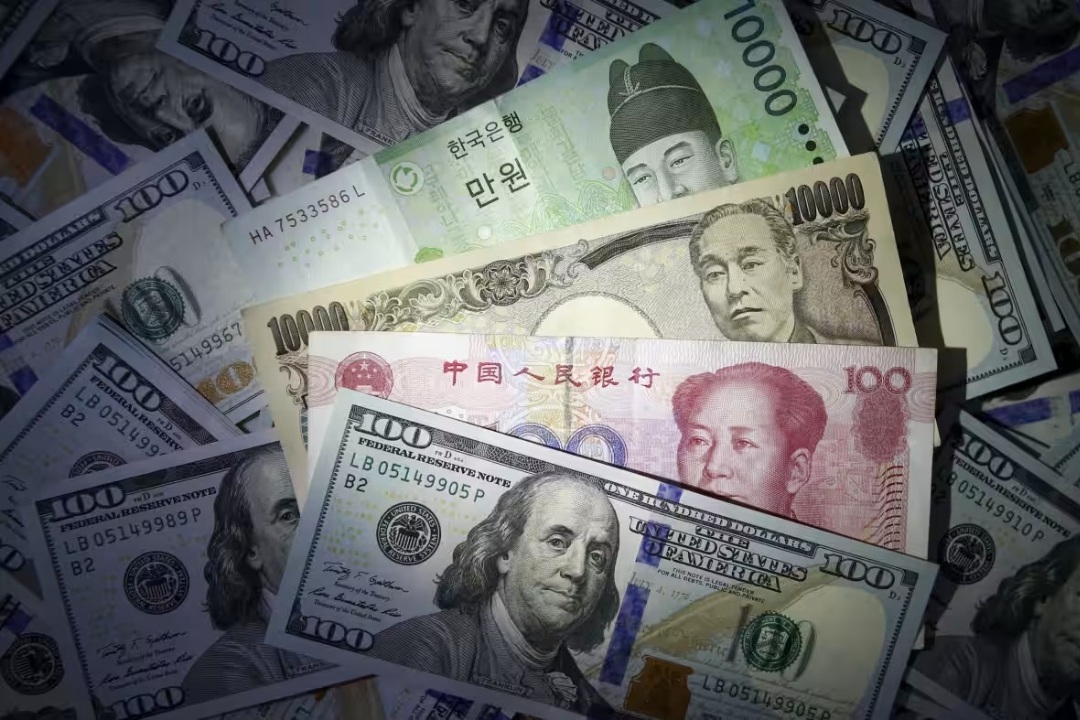
Analysts predict that most Asian currencies will weaken, with the Indonesian rupiah and Philippine peso being the most vulnerable. The survey, conducted before the US May inflation report and the Federal Reserve’s monetary policy meeting, indicated that stable prices and the Fed’s decision to delay interest rate cuts until December will continue to pressure these currencies.
Maybank analysts noted that the USD is likely to remain strong due to unclear inflation trends and cautious market sentiment. They emphasized that prolonged high US interest rates will not benefit Asian currencies.
HSBC analysts foresee sustained pressure on the Indonesian rupiah, possibly prompting the Central Bank of Indonesia to raise interest rates further. Similarly, the Philippine peso faces increased shorting predictions as the central bank hints at potential rate cuts in August, which could exacerbate downward pressure ahead of the Fed’s actions.
The Indian rupee, despite being one of the region’s best-performing currencies this year, is also expected to decline due to external pressures like high interest rates and geopolitical tensions in the Middle East. Forecasts for the Korean won and Singapore dollar have worsened, while predictions for the Chinese yuan and Thai baht have slightly improved.
The Asia Currency Positioning Poll reflects the current market stance on nine Asian emerging market currencies: Chinese yuan, Korean won, Singapore dollar, Indonesian rupiah, Indian rupee, Philippine peso, Malaysian ringgit, and Thai baht.
@Reuters
Related
Source: Vietnam Insider
